Cape Town: A Guide for First-Time Visitors
Cape Town, one of South Africa’s three capital cities, is a must-see southern hemisphere destination on any travel list. This city offers extensive coastlines, towering mountains, and everything in between, making it full of attractions and activities.
With its intriguing history, rich cultural diversity, stunning natural scenery, and modern cosmopolitan vibe, Cape Town, often known as “the Mother City,” truly caters to everyone. Whether you’re a nature enthusiast or a wine lover, boredom isn’t an option in this vibrant city.
Duration of Stay in Cape Town
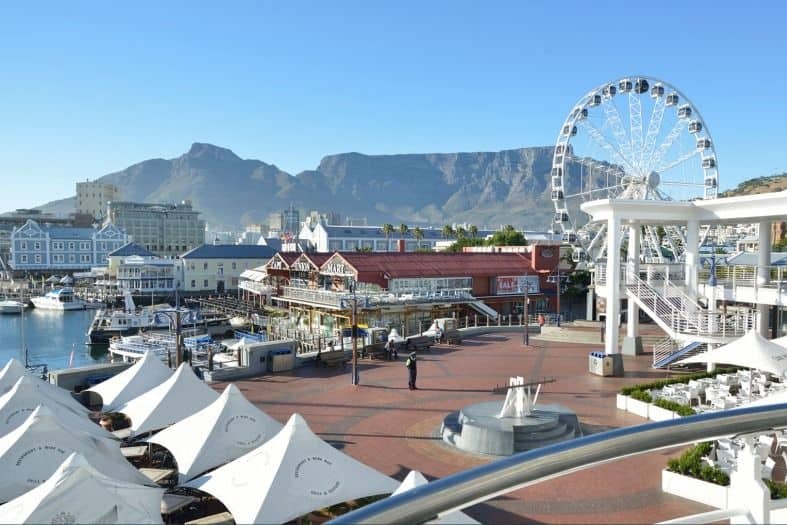
Ideally, you could spend weeks, if not months, exploring Cape Town if time allowed. Besides the bustling city center, numerous small towns in its vicinity serve as ideal spots for day trips or weekend escapes.
However, three days are adequate to cover the city’s main attractions while still leaving room to explore more of South Africa.
Below is an itinerary covering Cape Town’s essentials over several days. A car is recommended for this itinerary, though we also list a few tour options for those without access to one.
Iconic Landmarks and Cultural Experiences
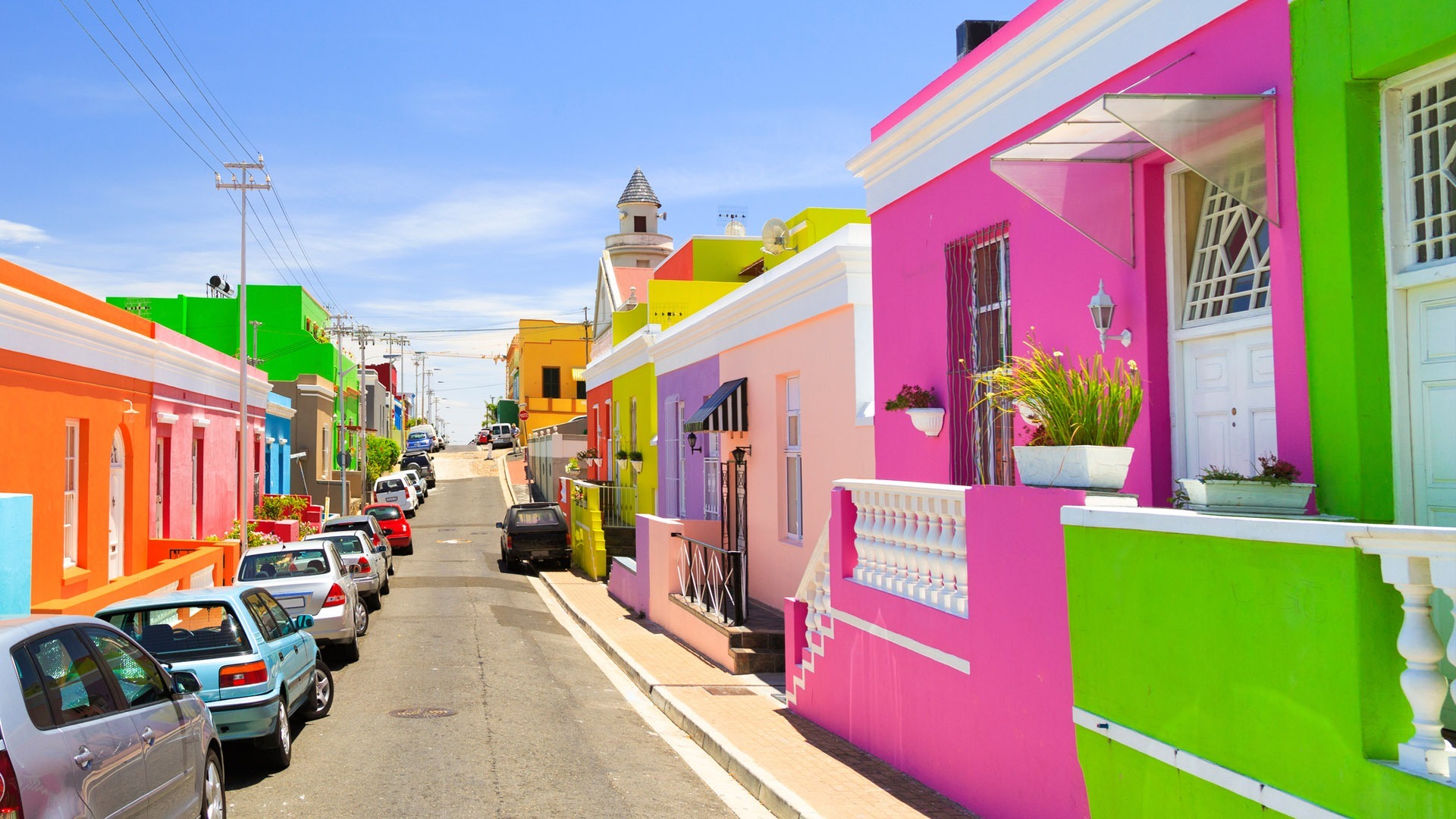
Kick off your journey with a cable car trip up Table Mountain for stunning panoramic vistas. If you’re feeling bold, hike up via Platteklip Gorge instead.
Discover the Bo-Kaap neighborhood, renowned for its vivid houses and Cape Malay culture. Stop by a local restaurant for a traditional Cape Malay dish.
Visit the V&A Waterfront, a bustling area filled with restaurants, shops, and street entertainers. Check out the Zeitz MOCAA Museum for contemporary African art.
Conclude your day with dinner at The Waterside or Gold Restaurant for a multi-course African meal with live drumming.
Table Mountain, Bo-Kaap, and the V&A Waterfront
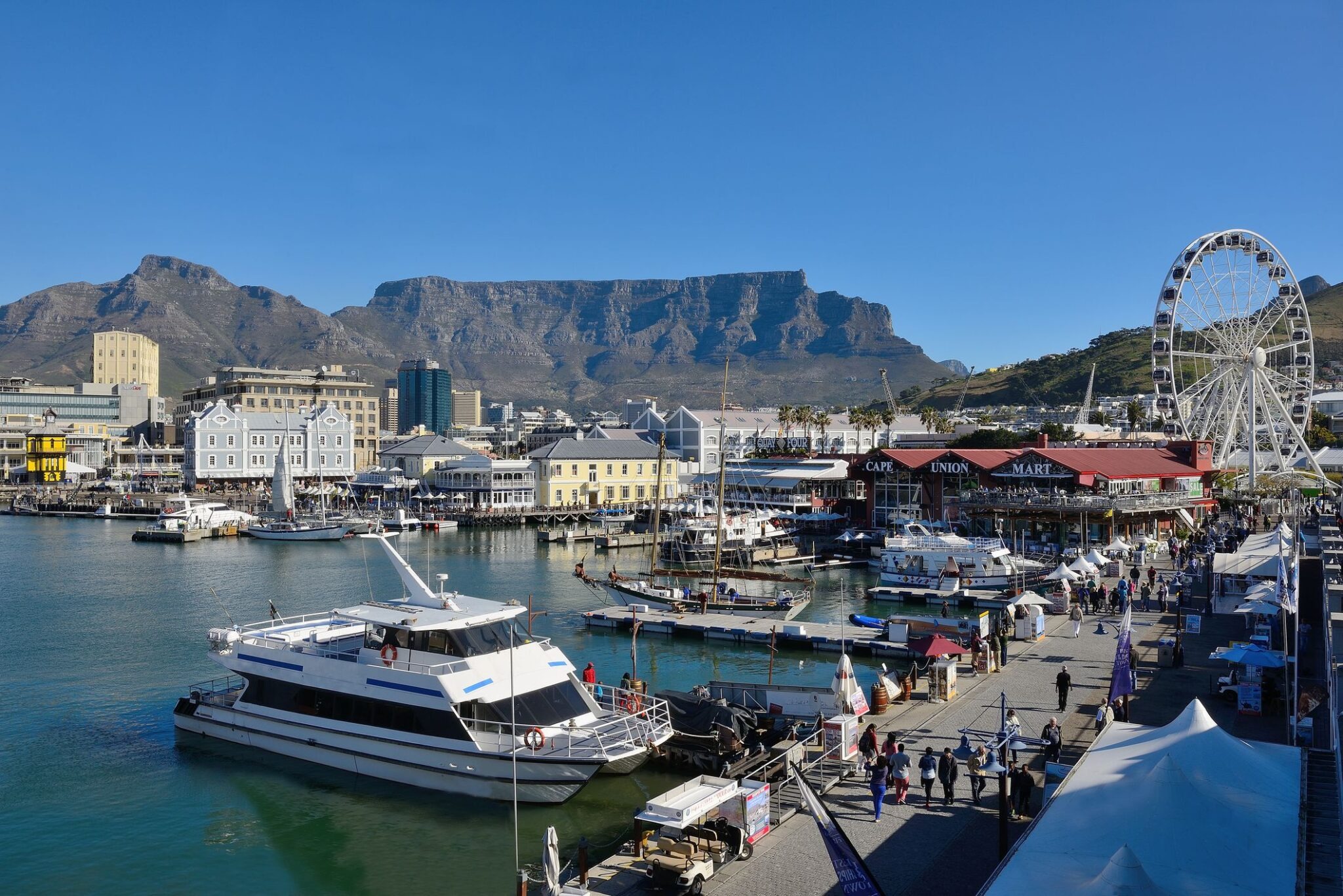
On arrival in Cape Town, you’ll instantly notice the famous Table Mountain. Begin your three-day visit by taking the cable car to the mountain’s summit—where you’ll enjoy unrivaled views of the metropolis and surrounding natural life.
Fun Fact: Table Mountain is thought to be amongst the world’s oldest, with some rocks dating back 600 million years.
Next, stroll through the Bo-Kaap neighborhood, at the base of Signal Hill. Initially a settlement for Indonesian and other African slaves, this area evolved into a vibrant community known as the “Cape Malay.”
Post-slavery, residents painted their previously white houses in bright colors to celebrate freedom and independence. In Bo-Kaap, don’t miss:
Auwal Mosque: The first mosque established in South Africa.
Biesmiellah and Bo Kaap Kombuis: Restaurants offering traditional Cape Malay cuisine.
The Noon Day Gun: A cannon fired daily at noon since 1806 (excluding public holidays).
The Bo Kaap Museum: Set in one of the oldest buildings, it highlights Islamic heritage, culture, and history.
Continue exploring South African history at Robben Island, about eight kilometers from the coast in Table Bay. Once a stopover for ships and later a maximum-security prison, it’s notably where Nelson Mandela, an anti-Apartheid icon, was held for 18 years. Ferries to the island depart from the V&A Waterfront, where visitors can also explore the prison and Mandela’s cell.
Spend the rest of the day at the V&A Waterfront, where you can shop, dine, and enjoy performances in the outdoor spaces.
Restaurant Suggestions: For a unique dining experience, book at Emazulwini Restaurant near the V&A and Maker’s Landing. Other great choices include Sevruga, Brauhaus, Harbour House, or Mitchell’s for something informal.
No vehicle? Consider booking a one-day tour to cover these attractions.
Witnessing Two Oceans
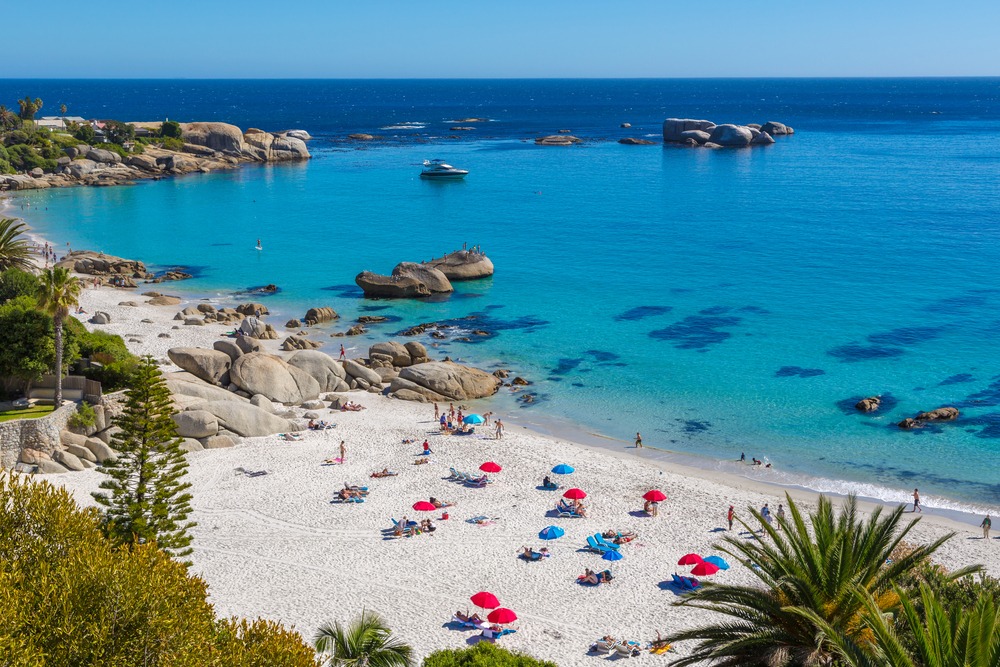
Your third day involves exploring both coasts, starting at the Indian Ocean and concluding at the chillier Atlantic beaches.
Lion’s Head hike is indispensable in Cape Town—5km of trails offering panoramic views of Table Mountain, the Twelve Apostles, and the Atlantic Seaboard. Celebrate the unique local flora and watch for small wildlife during your climb.
Safety Tip: Avoid solo hiking, carry enough water, and keep a cellphone handy.
Nearby, visit the District Six Museum to delve into stories from the Apartheid era when District 6 was declared a ‘white area,’ leading to the displacement of over 60,000 people of color. The museum’s mission is to preserve memories of this diverse neighborhood before its destruction.
Continue to Cape Town’s west coast, known as the Atlantic Seaboard. Driving over Kloof Nek, you’ll witness stunning ocean scenery.
If it’s beach weather, head to Clifton, known for its four beaches—Clifton 2nd is perfect for relaxation and Clifton 1st for surfing. Both beaches remain relatively sheltered from the wind.
Another option is Camps Bay, featuring a beach lined with upscale hotels and eateries. It’s a popular spot for dining, drinks, and enjoying the beach. A little further, The Lawns at the Roundhouse offers a beautiful setting for an afternoon drink or breakfast.
For exceptional fine dining, reserve a table at Salsify at the Roundhouse.
Without a car, join an organized Lion’s Head hike and tour the District Six Museum.
Nature and Adventure
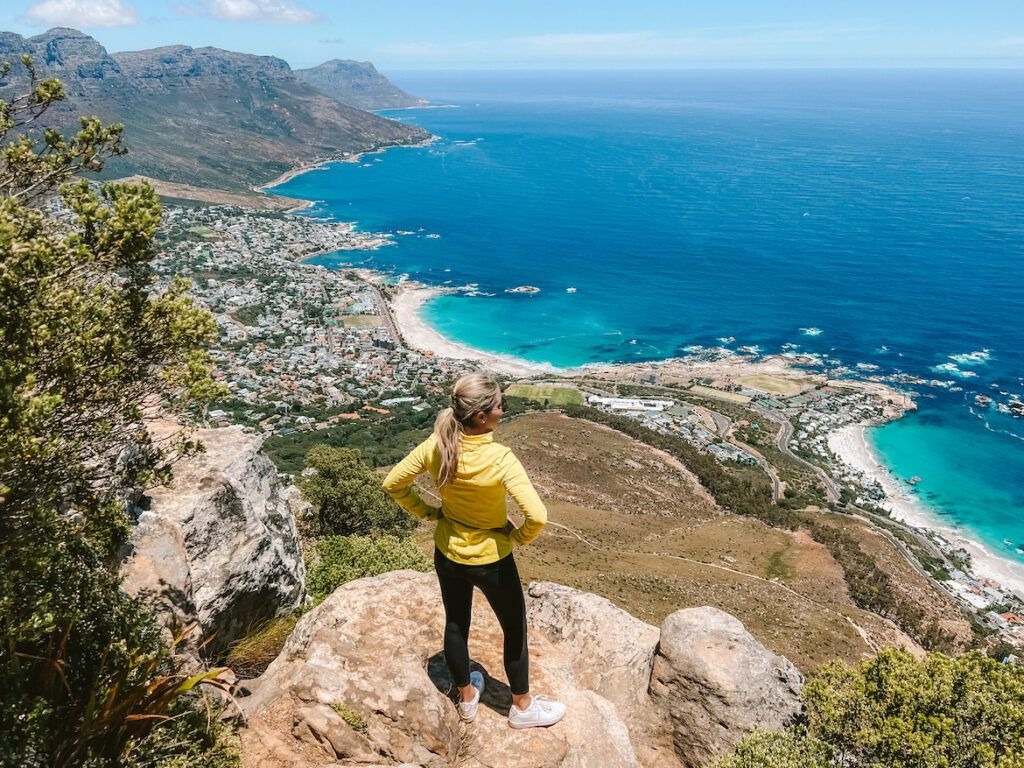
Take a picturesque drive down Chapman’s Peak to Boulders Beach, where an African penguin colony resides.
Visit the renowned vineyards of Cape Winelands in Stellenbosch or Franschhoek for a wine-tasting escapade.
Those seeking thrills can surf at Muizenberg Beach or go kayaking alongside dolphins and seals.
End your visit watching the sunset at Signal Hill or enjoy a beachside dinner in Camps Bay.

